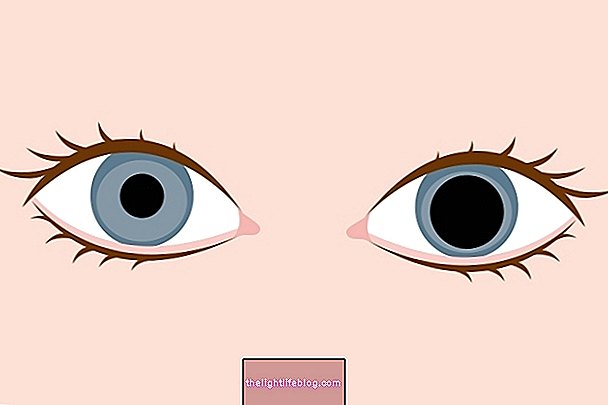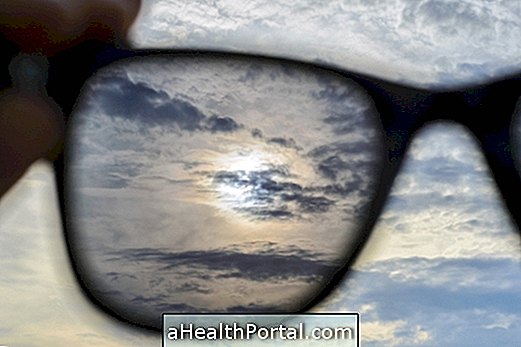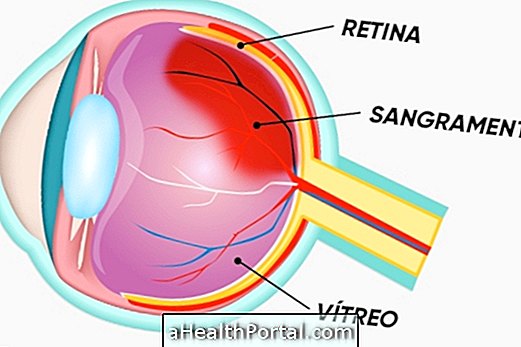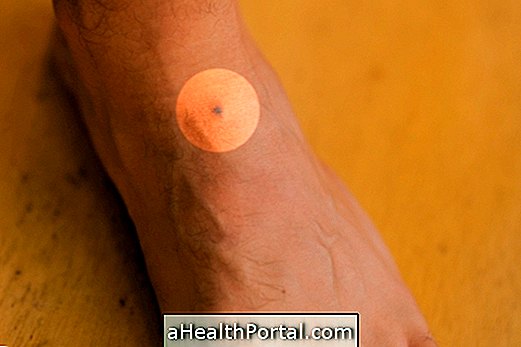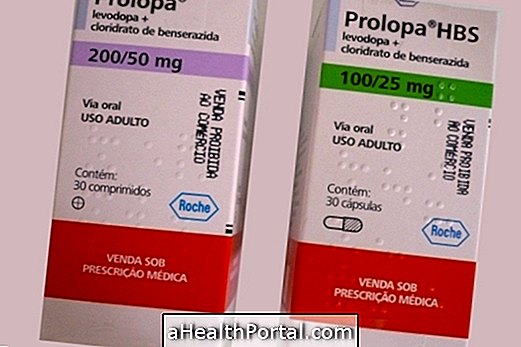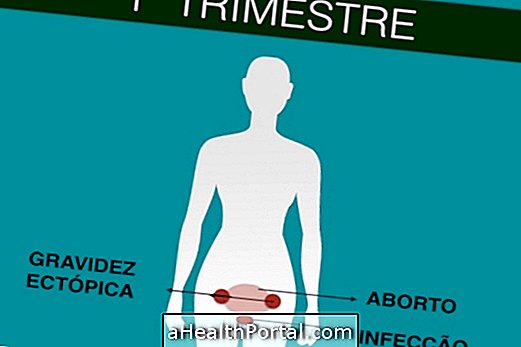Stereo blindness is a change of vision that causes the observed image to have no depth, so there is difficulty in seeing three dimensions. In this way, everything is observed as if it were a kind of photograph.
The test for stereo blindness is very easy and simple to use, and can be done at home. However, it is recommended to consult an ophthalmologist whenever there are suspicions of changes in vision, since he is the health professional indicated to diagnose and treat these problems properly.
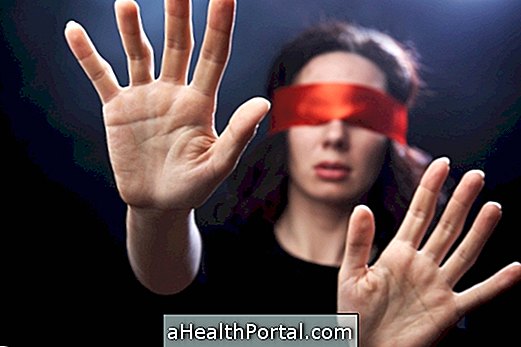
Test to Know if You Have Blindness Stereo
To test for stereo blindness, you should look at the picture and follow the rules below:
- Stand with your face about 60 cm from the computer screen;
- Place a finger between the face and the screen, about 30 cm from the nose, for example;
- To focus with the eyes the black point of the image;
- Focus on the finger that is in front of the face.
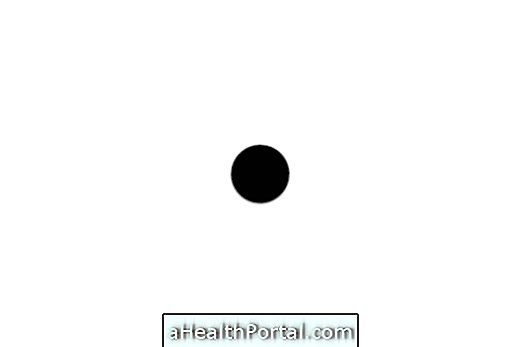
Interpreting Test Results
Vision is normal when the test results for stereo blindness are:
- When focusing on the black point: you should be able to see only 1 sharp black dot and 2 unfocused fingers;
- When focusing the finger close to the face: you should be able to see only 1 clear finger and 2 unfocused black spots.
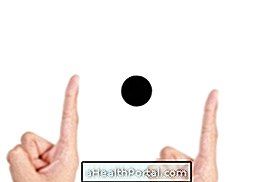
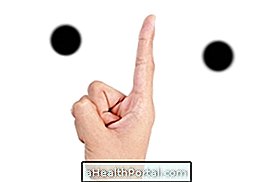
It is recommended to consult an ophthalmologist or optometrist when the results are different from those indicated above, as they may indicate the presence of changes in vision, especially stereo blindness. This problem does not prevent the patient from having a normal life, and it is even possible to drive with stereo blindness.
How to Improve Stereo Blindness
Stereo blindness can be cured when the patient is able to do rigorous training to develop the part of the brain that analyzes the images of the eyes, and although it is not always possible to cure stereo blindness, there are some exercises that help develop the part of the brain that analyzes the images of the eyes, allowing to observe improve the depth.
A good exercise consists of:
- Thread a large bead on the end of a string 60 cm long and tie the end of the thread;
- Hold the other end of the thread at the tip of the nose and stretch the thread so that the bead is in front of the face;
- To focus the bead with both eyes until observing two strands joining in the missanga;
- Pull the bead a few inches closer to the nose and repeat the exercise until you see 2 strands coming in and out of the bead.
This exercise should be done with the help of an ophthalmologist or an optometrist; however, it can also be done at home 1 to 2 times a day.
Normally, the results take a few months to appear, and it is common for the patient to start observing objects that appear to float in the field of vision. These floating objects result from increasing the brain's ability to create depth in the image, producing 3-dimensional vision.
